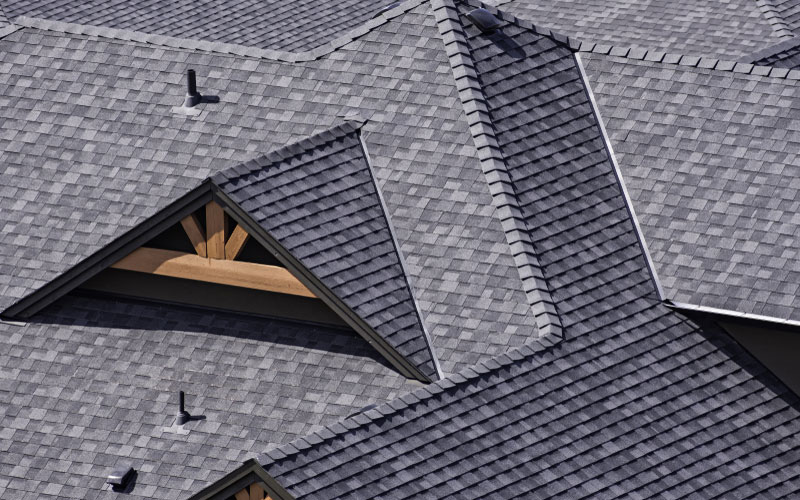With several types of roofing currently available on the market selecting the right one can be a task. Selecting the right roof for your house is a crucial part of the project planning process. With several types of roofs available, the task can be a difficult one. When selecting a roof, factors to consider include the type of roofing material and the design of the roof. Also it is essential to consult experts like A&M Roofing. They can provide valuable insights to help you make the right choice.
Whether you are planning a roof for a new home, repairing an existing one, or completely replacing an existing one, below are the top types of roofing to select from;
1. Asphalt shingles
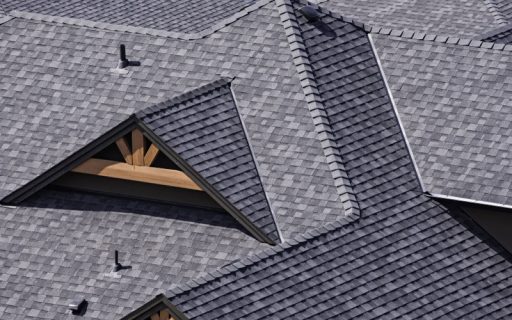
Asphalt shingles are the most common roofing materials used in the US. They are popular among roofers and homeowners thanks to their durability and affordability. In addition, Asphalt shingles are lightweight and easy to install. Asphalt shingles come in many colors and work with almost any home style. They are also adaptable to a wide range of temperatures in addition to offering reliable waterproofing. Asphalt shingles however have a shorter lifespan of around 20 years. In addition, dark asphalt shingles are prone to fading and tend to exhibit inconsistencies in color.
2. Ceramic roofing tiles
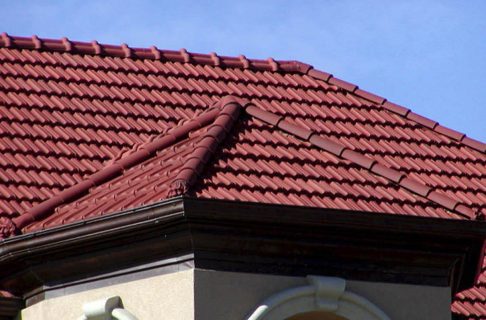
Ceramic tiles are some of the common types of roofing used around the world. These tiles are generally durable and resistant to fading. In addition, they are waterproof. These tiles are longer-lasting with a lifespan of between 50 to 70 years. In the US, ceramic tiles roofs are mainly used in homes that have been designed with some elements of Spanish architecture. The tiles are arranged in parallel rows, overlapping each other to prevent rainwater from dripping in. The biggest undoing with ceramic tiles is that they are not suitable to climatic changes. They are prone to erosion under different climatic conditions. Finally, they are fragile and can be damaged by strong winds.
3. Slate roof shingles
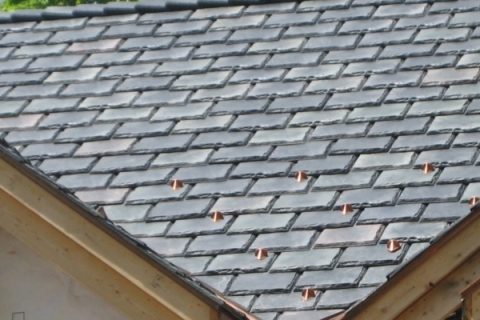
Slate roof shingles are sophisticated roofing materials and are mainly used in upscale homes. Their advantages include fire resistance, natural appearance, and ease of maintenance, invulnerability to rot, fire resistance, and a longer lifespan of 100 years.
Slate comes in various colors and styles. One of the disadvantages of using slate tiles is that they are heavy and more expensive. In addition, a high degree of expertise is needed to install.
4. Wood shakes and cedar shingles
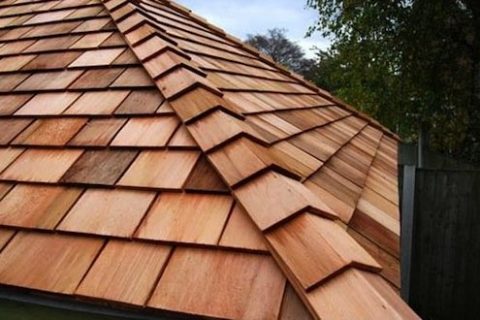
Cedar shake roofs use wood shingles made from split logs. They have a natural look and are very distinct thanks to the fact that they are made from wood and come in slightly varying sizes. They have been in use for long because for some reasons. They are able to keep UV rays out of the home; they also withstand harsh weather conditions and generally reduce air conditioning costs.
Wood shakes are also eco-friendly and offer insulation that helps to reduce the costs of energy. However, they are not fire-resistant although some manufacturers apply a fire-resistant coat for extra safety. Wood shakes also require specialized expertise to install and more costly to install.
5. Metal Roofing
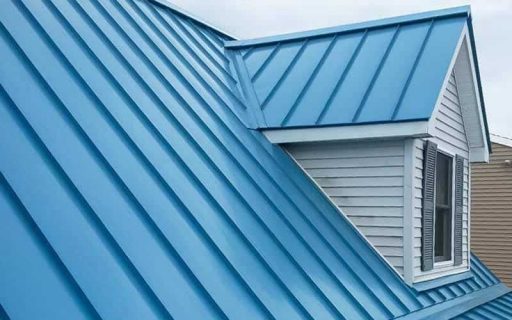
Metal roofs have become a major trend in recent years. Their use has quadrupled over the past decade thanks to their lightweight, low maintenance costs, and eco-friendly. Metal roofs are also very durable with an average lifespan of more than 50 years. Their installation is however quite challenging and may require that you use a metal roofing expert.
6. Clay Tiles Roofing
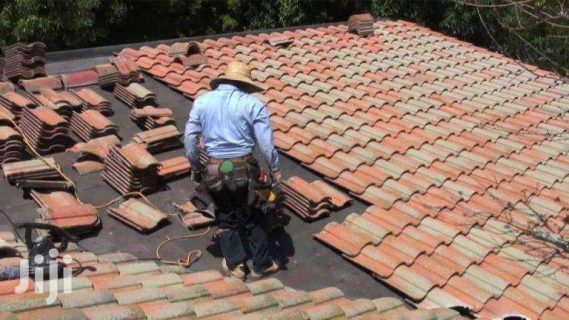
Clay tiles are produced from molded clay. Clay tiles can be produced with varying thickness and texture by changing the temperature and time of heating. They come in a variety of shapes, sizes, and colors. Clay tiles are durable, fireproof, and resistant to fading. They are used in homes that borrow Spanish architecture. Clay tiles are also arranged in parallel rows, overlapping each other to prevent water from dripping in. They are however not suitable in places where the climate keeps fluctuating.
